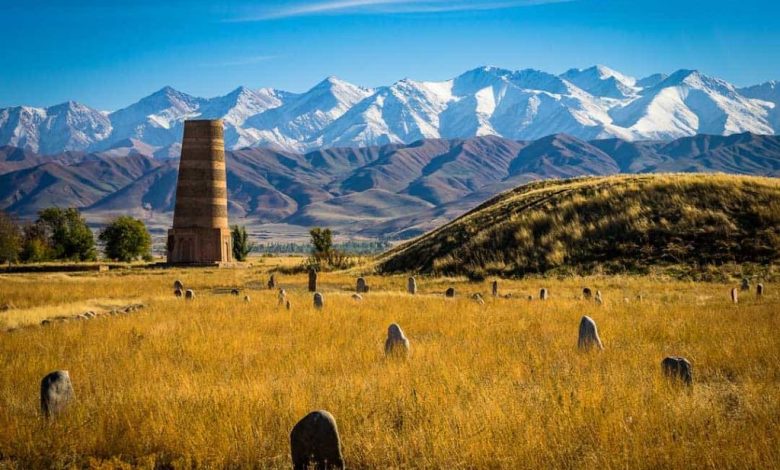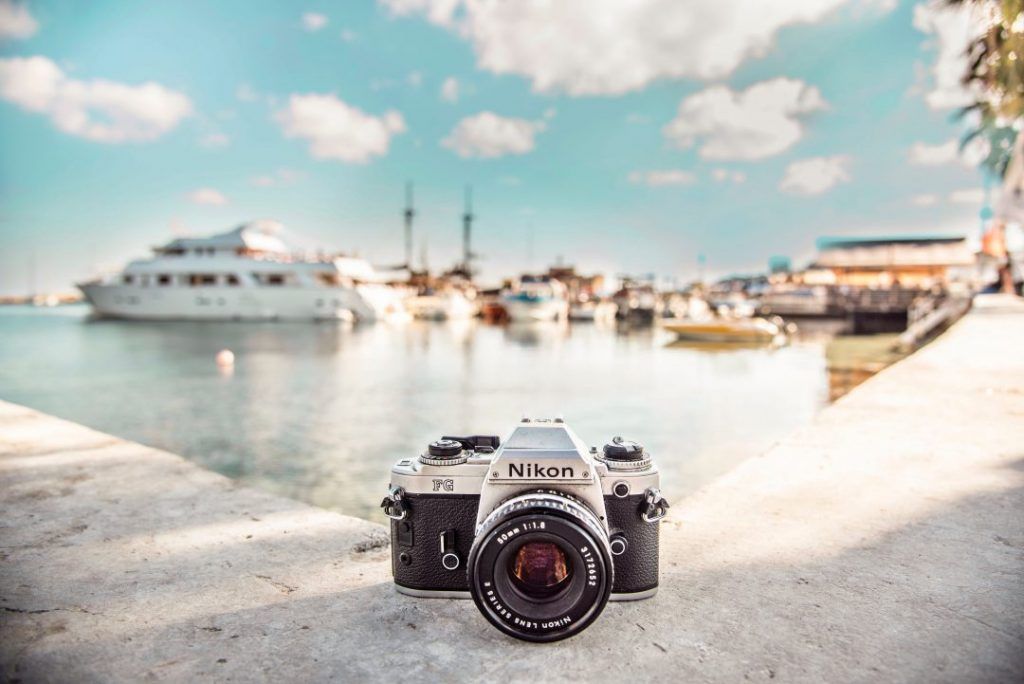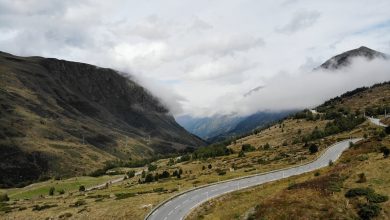Travel Photography Tips for Beginners: Capture Stunning Shots Like a Pro

Travel photography is more than just clicking pictures. It’s about storytelling, capturing emotions, and preserving unforgettable moments. Whether you’re exploring exotic landscapes, vibrant city streets, or hidden cultural gems, the right techniques can elevate your photos from average to breathtaking. This guide will help beginners master travel photography with expert tips on composition, lighting, camera settings, and storytelling. Get ready to improve your skills and take stunning photos on your next adventure!
1. Choose the Right Camera and Gear
The first step to great travel photography is selecting the right camera. While smartphones have improved significantly, a dedicated camera still offers better control and image quality.
- DSLR vs. Mirrorless: DSLRs provide superior image quality and battery life, but they’re bulky. Mirrorless cameras are lighter and offer excellent performance.
- Compact Cameras: If you prefer something portable, high-end compact cameras like the Sony RX100 series offer great quality without extra weight.
- Lenses Matter: A versatile zoom lens (24-70mm or 18-135mm) is ideal for most travel situations. A prime lens (50mm or 35mm) is perfect for portraits and low-light shots.
Investing in lightweight gear ensures you capture high-quality images without carrying unnecessary weight.
2. Master Camera Settings for Sharp and Stunning Photos
Understanding your camera settings is crucial for high-quality travel photography. Auto mode works, but manual control lets you adjust for different conditions.
- Shutter Speed: Fast shutter speeds (1/500s or faster) freeze motion, ideal for street photography and wildlife. Slow shutter speeds (1/30s or slower) create motion blur, great for waterfalls and night shots.
- Aperture: A wide aperture (f/1.8 – f/2.8) blurs the background for stunning portraits. A narrow aperture (f/8 – f/16) keeps landscapes sharp.
- ISO: Keep ISO low (100-400) for clear images. Increase it (800-3200) in low light, but beware of noise.
Experimenting with these settings will help you gain full control over your shots.

3. Learn the Art of Composition for Captivating Shots
Composition makes or breaks an image. Following these principles will enhance the impact of your travel photos:
- Rule of Thirds: Place your subject off-center for a balanced, dynamic composition.
- Leading Lines: Use roads, rivers, or fences to draw the viewer’s eye into the scene.
- Frame Within a Frame: Utilize natural frames like windows, arches, or trees to add depth.
- Negative Space: Leaving empty space around your subject creates a minimalist, powerful effect.
Great composition transforms an ordinary photo into a storytelling masterpiece.
4. Make the Best Use of Natural Light
Lighting is everything in photography. The right light enhances colors, textures, and mood.
- Golden Hour (Sunrise & Sunset): The soft, warm light during these times creates stunning images.
- Midday Light Challenges: Harsh sunlight causes strong shadows. Use shade, shoot from different angles, or adjust exposure.
- Blue Hour (Dusk & Dawn): This period offers a magical, moody feel, perfect for cityscapes and landscapes.
Mastering natural light ensures vibrant and professional-looking travel photos.
5. Capture Candid and Authentic Moments
The best travel photos tell stories. Instead of posed shots, focus on raw, unfiltered moments.
- Observe First: Spend time watching before shooting. Authenticity shines through when people are unaware of the camera.
- Use a Zoom Lens: This helps you stay at a distance while capturing natural expressions.
- Engage with Locals: A smile and a few friendly words can lead to incredible portraits.
Genuine moments evoke emotions, making your travel photography more impactful.
6. Utilize Editing to Enhance Your Photos
Post-processing enhances photos without making them look artificial. Free and professional tools can refine your shots.
- Adobe Lightroom: Offers powerful editing options for color correction and exposure adjustments.
- Snapseed: A mobile-friendly editing app perfect for quick, on-the-go touch-ups.
- Avoid Over-Editing: Keep it natural—over-saturation and excessive filters ruin authenticity.
A well-edited photo retains its natural beauty while looking polished and professional.
Read More: Using Shadows Creatively in Photography: Mastering Light and Dark for Stunning Visuals
7. Plan Ahead for the Best Shots
Great travel photography requires planning. Research destinations, weather, and key photography spots.
- Use Google Maps & Instagram: Find unique photo locations by searching geotags.
- Check Sunrise & Sunset Times: Plan your schedule around the best lighting conditions.
- Scout Locations Early: Arriving before crowds ensures clean compositions.
Preparation increases your chances of capturing breathtaking shots.
8. Invest in a Good Tripod for Stability
Tripods are essential for night photography, long exposures, and group shots.
- Compact & Lightweight: A travel-friendly tripod like the Peak Design Travel Tripod is ideal.
- Long Exposure Photography: Capture silky waterfalls, light trails, and astrophotography.
- Self-Portraits & Timelapses: Get creative with long-exposure techniques and self-portraits.
A reliable tripod expands creative possibilities in travel photography.
9. Backup Your Photos to Avoid Losing Memories
Losing photos is a nightmare. Always have backup options.
- Cloud Storage: Use Google Drive, Dropbox, or iCloud for automatic uploads.
- External Hard Drive: A portable SSD ensures quick and reliable backups.
- Dual Memory Cards: Cameras with dual slots help prevent accidental data loss.
Backing up ensures your precious travel memories are safe.
10. Experiment and Develop Your Unique Style
Great travel photographers have a distinctive style. Experiment with angles, perspectives, and editing techniques.
- Shoot from Different Heights: Low angles add drama, while aerial views offer a fresh perspective.
- Black & White Photography: Strips distractions and emphasizes contrast.
- Use Reflections: Water puddles, glass windows, and mirrors create artistic effects.
Discovering your unique style makes your travel photos stand out.
FAQs
1. What is the best camera for travel photography?
Mirrorless cameras like the Sony A7 IV or Fujifilm X-T5 offer excellent image quality in a compact body.
2. How do I take better travel photos with my phone?
Use HDR mode, focus on composition, and edit using apps like Snapseed for a professional touch.
3. What lens should I use for travel photography?
A versatile zoom lens (24-70mm) covers most travel scenarios, while a 50mm prime is great for portraits.
4. How do I take great travel portraits?
Engage with your subject, use natural light, and shoot with a wide aperture (f/2.8 or lower) for background blur.
5. How can I improve my travel photography skills?
Practice daily, study professional photographers, and experiment with different styles and lighting conditions.
Embarking on travel photography is a fulfilling endeavor that combines technical skills with personal expression. By understanding your equipment, respecting your subjects, and embracing continuous learning, you’ll be well on your way to capturing compelling images that tell the story of your journeys. As you refine your skills, you may also wonder how to expand your photography business and attract more clients. Building a strong portfolio, leveraging social media, and networking within the travel community can open new opportunities, allowing you to turn your passion into a thriving career.Keep exploring, keep shooting, and most importantly—enjoy the journey!




